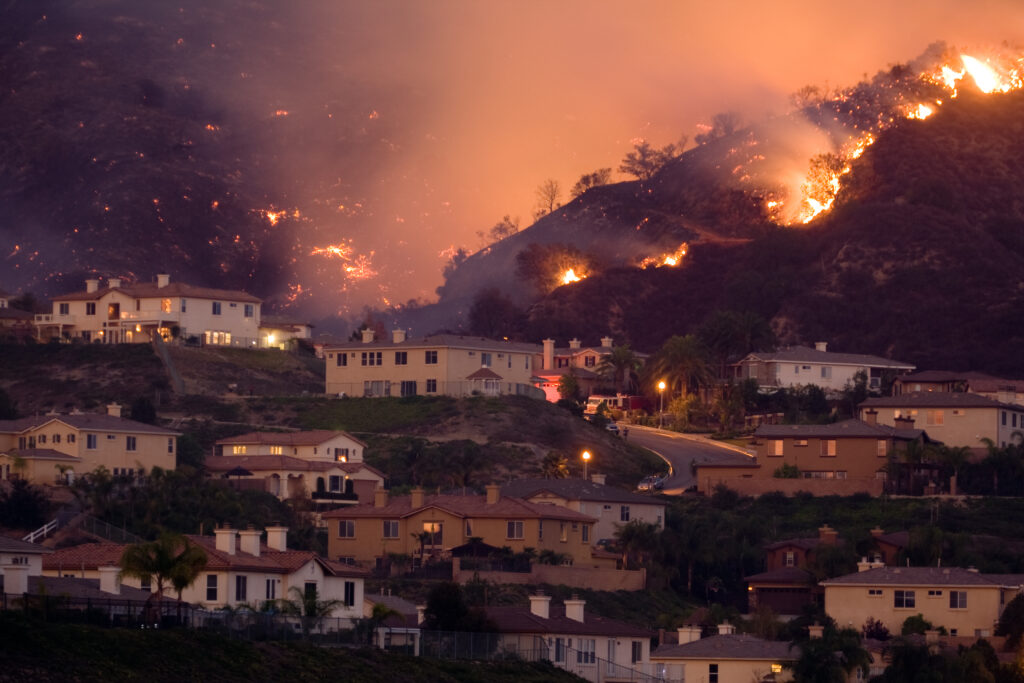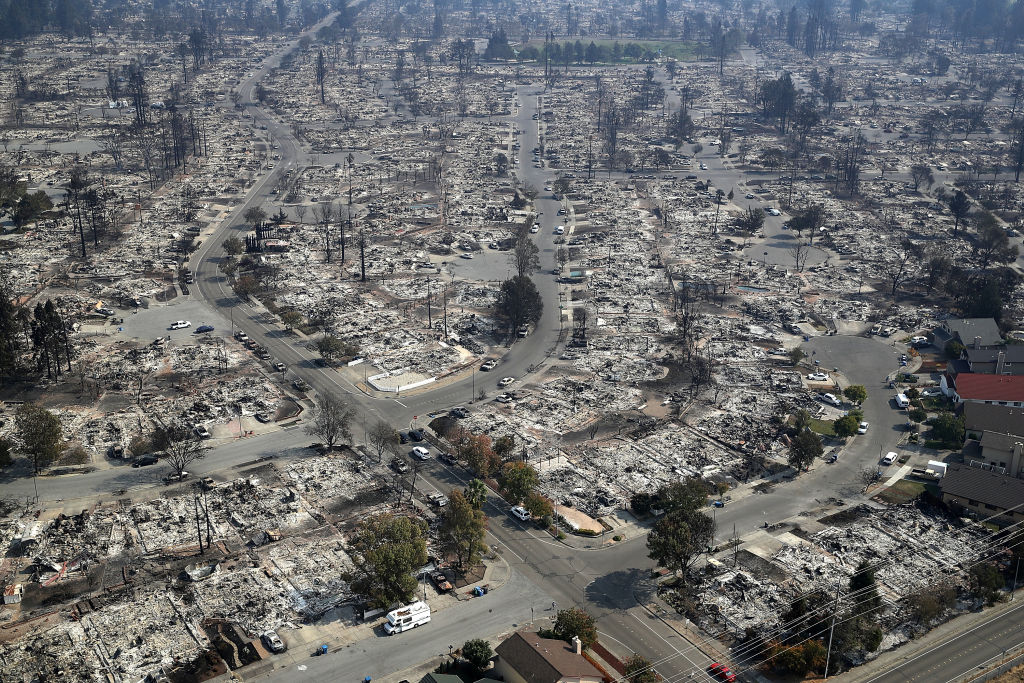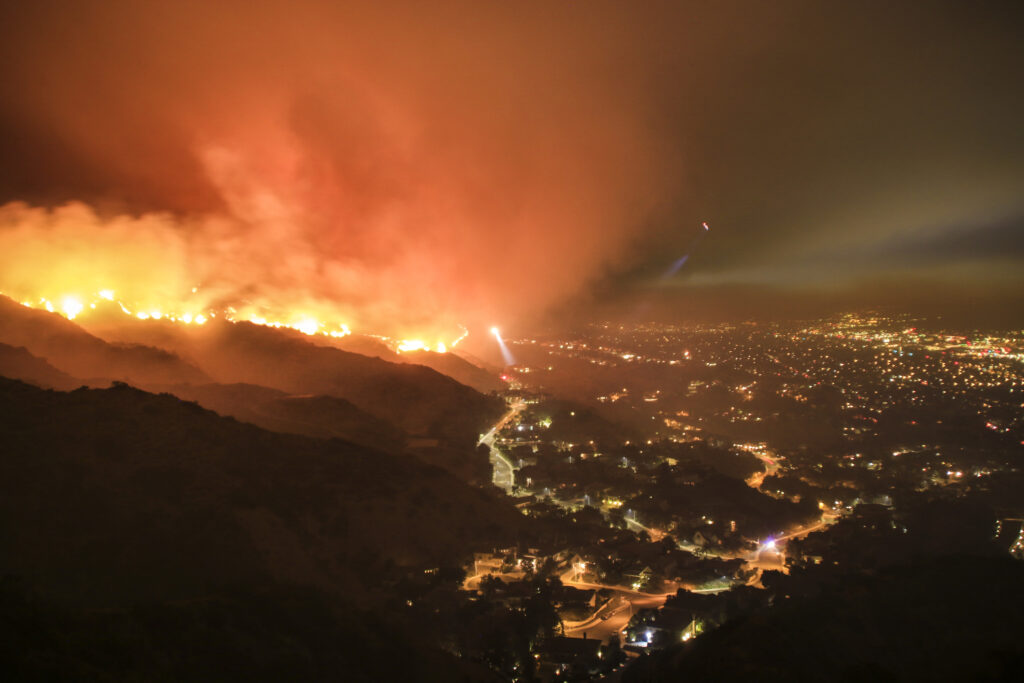
Understanding ICC 605, Standard for Residential Construction in Regions with Wildfire Hazards
The Code Council is partnering with the Insurance Institute for Business & Home Safety to create a series of hazard mitigation standards aimed at protecting residential structures.
In the face of increasing natural disasters like hurricanes, earthquakes and wildfires, building resilience is becoming more important than ever before. The International Code Council, an ANSI-accredited standards-developing organization, is partnering with the Insurance Institute for Business & Home Safety (IBHS) to create a series of hazard mitigation standards aimed at protecting residential structures.
Among these, the newly developed ICC Standard 605 focuses on residential construction in regions susceptible to wildfire hazards.

Understanding the Scope of ICC Standard 605
ICC Standard 605, Standard for Residential Construction in Regions with Wildfire Hazard, is part of the Code Council’s broader initiative to develop a comprehensive set of standards targeting various hazards that impact modern residential buildings of up to three stories.
This standard specifically addresses wildfire hazards, aiming to improve the resilience of residential structures by enhancing their usability and reducing rebuilding time after wildfire events.
The core objective of ICC 605 is to provide prescriptive methodologies and design details for constructing and retrofitting buildings in wildfire-prone areas. The standard encompasses various construction types, including wood-framed, steel-framed, concrete and masonry structures. It provides detailed guidelines for multiple building components, such as walls, roofs, foundations, windows and doors, to ensure that these structures can withstand the conditions associated with wildfires.
The standard also includes a methodology for identifying and assessing existing residential buildings in wildfire hazard areas. This is crucial for implementing retrofits and ensuring that older buildings are brought up to current safety standards.

Current Tasks and Focus Groups for ICC Standard 605
The following task groups will develop draft requirements for new and existing residential buildings across the following topic subjects (including associated commentary and appendices):
Site and Area Requirements
This group focuses on identifying wildfire hazard areas, assessing risk levels and setting classification levels for wildfire-resistant construction.
They also consider individual property site conditions, including landscape design, vegetation maintenance and the creation of defensible spaces around buildings. They will set requirements for site fire protection and wildfire-resistant building designs.
Rather than defining the Wildland-Urban Interface (WUI) itself, the standard entrusts the Authority Having Jurisdiction (AHJ) with the responsibility of determining fire hazards and associated risks.
Building Design Requirements
This group is tasked with developing detailed requirements for various building components. These include roof assemblies, exterior walls, glazing, foundations and other structural elements.
The group also covers attached and detached accessory structures and addresses the retrofit of existing buildings to enhance their resilience to wildfires. This also includes draft requirements for the following subjects:
- Repairs and maintenance
- Alterations
- Additions
- Changes of occupancy

Development and Collaboration
The development of ICC 605 has been a collaborative effort, beginning with the appointment of additional committee members in March 2022.
The next meeting will take place in-person on August 27-28, 2024, in Lakewood Colorado. To learn more, click here.
By setting clear and actionable standards, ICC 605 aims to safeguard lives, reduce property damage, and ensure that homes remain habitable after extreme events. To learn more, visit here.






